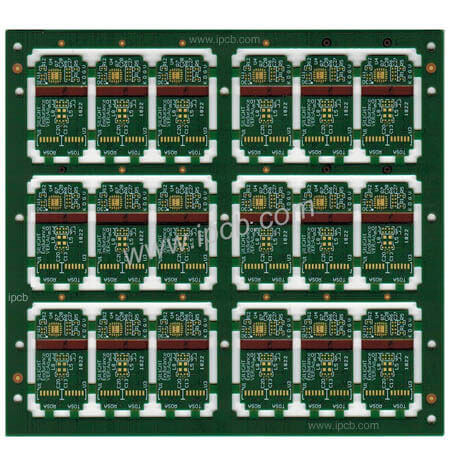The 20H principle refers to the 20H distance between the power layer and the ground layer. Of course, it is also to suppress the edge radiation effect. Electromagnetic interference is radiated outward at the edge of the board. Shrink the power plane so that the electric field is only conducted within the ground plane. Effectively improve EMC. If you shrink by 20H, you can limit 70% of the electric field to the ground edge; if you shrink by 100H, you can limit 98% of the electric field.

The adoption of the 20H rule means to ensure that the edge of the power plane is at least 20 times smaller than the edge of the 0V plane, which is equivalent to the distance between the two planes. This rule is often required as a technology to reduce the emission from the side of the 0V/power plane structure (suppressing the edge radiation effect).
However, the 20H rule will only provide significant results under certain specific conditions. These specific conditions include:
1. At any frequency of interest, the power bus structure will not resonate.
2. The rise/fall time of current fluctuations in the power bus should be less than 1ns.
3. The total derivative of the PCB is at least 8 layers or more.
4. The power plane should be on the internal level of the PCB, and the upper and lower levels adjacent to it are both 0V planes. The distance between the two 0V planes extending outwards must be at least 20 times the distance between them and the power plane.